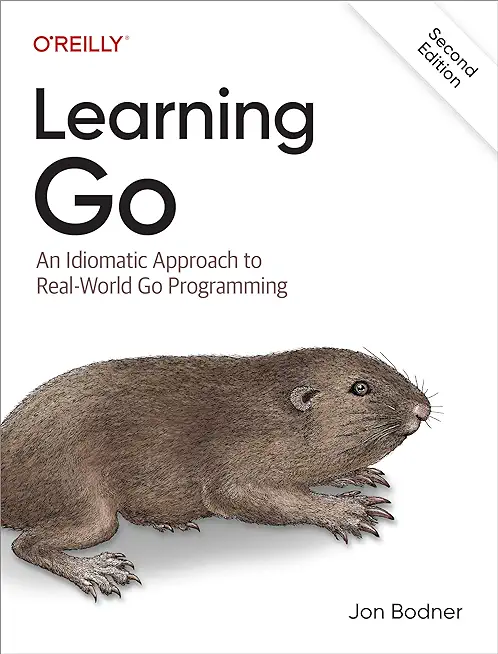Advanced Java Programming(3 days) Training in Albany
|
We offer private customized training for groups of 3 or more attendees.
|
||
Course Description |
||
| This intensive, hands-on course explores advanced Java 5.0 Standard
Edition language features and packages. Students will learn to parse XML
documents using the JAXP API. Multi-threaded applications will be
covered in detail including concepts such as deadlocks and race
conditions. Students will also learn how to utilize more advanced I/O
capabilities with object serialization and low-level file I/O with the
java.nio package. Client/server applications will be written utilizing
both the java.net and java.rmi packages. The course ends with an
overview of J2EE. Additional topics on JNI, performance tuning, and
advanced RMI are included as appendices for further study.
Course Length: 3 Days
Course Tuition: $2250 (US) |
||
Prerequisites |
|
| Intermediate Java Programming or equivalent experience is required. | |
Course Outline |
|
Processing XML with Java JAXP
Introduction to Threads
Thread Synchronization and Concurrency
Advanced I/O - Object Serialization
Advanced I/O - New I/O
Networking with Sockets
Remote Method Invocation
Java Naming and Directory Interface (JNDI)
Java Performance Tuning
Appendix A - Advanced RMI
Appendix B - Native Methods |
Course Directory [training on all levels]
- .NET Classes
- Agile/Scrum Classes
- AI Classes
- Ajax Classes
- Android and iPhone Programming Classes
- Azure Classes
- Blaze Advisor Classes
- C Programming Classes
- C# Programming Classes
- C++ Programming Classes
- Cisco Classes
- Cloud Classes
- CompTIA Classes
- Crystal Reports Classes
- Data Classes
- Design Patterns Classes
- DevOps Classes
- Foundations of Web Design & Web Authoring Classes
- Git, Jira, Wicket, Gradle, Tableau Classes
- IBM Classes
- Java Programming Classes
- JBoss Administration Classes
- JUnit, TDD, CPTC, Web Penetration Classes
- Linux Unix Classes
- Machine Learning Classes
- Microsoft Classes
- Microsoft Development Classes
- Microsoft SQL Server Classes
- Microsoft Team Foundation Server Classes
- Microsoft Windows Server Classes
- Oracle, MySQL, Cassandra, Hadoop Database Classes
- Perl Programming Classes
- Python Programming Classes
- Ruby Programming Classes
- SAS Classes
- Security Classes
- SharePoint Classes
- SOA Classes
- Tcl, Awk, Bash, Shell Classes
- UML Classes
- VMWare Classes
- Web Development Classes
- Web Services Classes
- Weblogic Administration Classes
- XML Classes
- OpenShift Fundamentals
9 February, 2026 - 11 February, 2026 - AWS Certified Machine Learning: Specialty (MLS-C01)
2 March, 2026 - 6 March, 2026 - RED HAT ENTERPRISE LINUX SYSTEMS ADMIN I
26 January, 2026 - 30 January, 2026 - KUBERNETES ADMINISTRATION
23 February, 2026 - 25 February, 2026 - Docker
21 January, 2026 - 23 January, 2026 - See our complete public course listing
Java Programming Uses & Stats
|
Difficulty
|
Popularity
|
Year Created 1995 |
|
Pros
Most Commonly Used:
Great Career Choice:
Android Apps Development:
It Can Run On Any Platform:
Great Supporting IDE's: |
Cons
Uses a Lot of Memory:
Difficulty in Learning:
Slow Start Up Times:
Verbose and Complex Code:
Commercial License Cost: |
| Java Programming Job Market |

Average Salary
|

Job Count
|

Top Job Locations
New York City |
|
Complimentary Skills to have along with Java Programming
- If you are an experienced Java developer, learning a complimentary language to Java should come much more naturally. As an example JetBrains recently created the Kotlin programming language which is officially supported by Google for mobile development. Kotlin compiles to Java bytecode and runs on the JVM; it's purported to address many of Java's shortcomings... |





![iPhone 15 Guide for Seniors: Easy-to-Follow Learning for Older Adults with Step-by-Step Instructions and Visual Aids [II EDITION]](/bookim/9781915331922.jpg)
